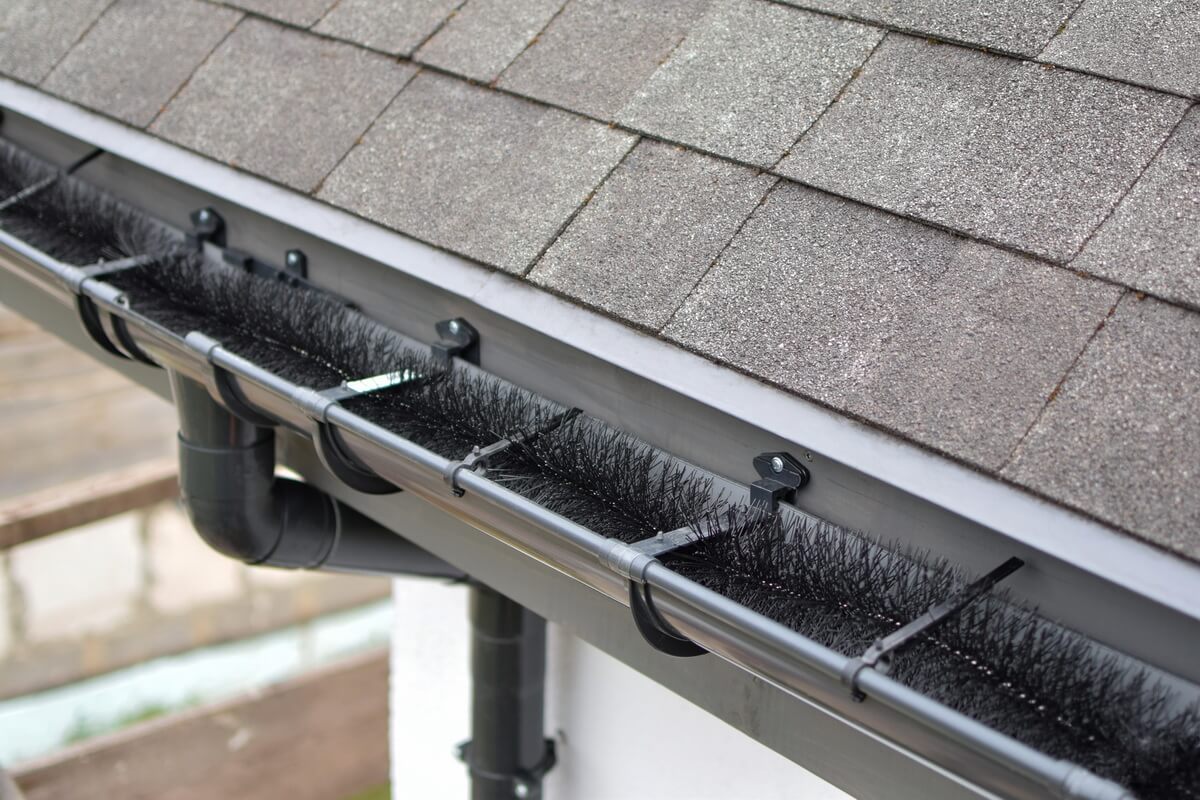

Articles
How To Keep Birds From Nesting In Gutters
Modified: February 26, 2024
Learn effective strategies and techniques to prevent birds from nesting in your gutters with our informative articles.
(Many of the links in this article redirect to a specific reviewed product. Your purchase of these products through affiliate links helps to generate commission for Storables.com, at no extra cost. Learn more)
Introduction
Birds are a delightful addition to our outdoor environment, bringing beauty, song, and a sense of serenity to our surroundings. However, when it comes to our gutters, birds nesting can quickly become a nuisance and cause significant damage. It is essential to take proactive measures to prevent birds from making their nests in gutters, ensuring the proper functioning and longevity of our gutter systems.
In this article, we will explore the importance of preventing birds from nesting in gutters and discuss common problems that can arise when these feathered visitors take up residence. We will also delve into bird behavior and nesting habits to help identify potential nesting areas in gutters. Lastly, we will provide practical tips and strategies to bird-proof your gutters, keeping them clear and free from nesting birds.
By implementing these measures, you can not only protect your gutters but also encourage birds to find more suitable nesting locations, preserving the balance between the natural world and the human-built environment.
Key Takeaways:
- Preventing birds from nesting in gutters is crucial to avoid clogs, structural damage, and pest infestation. Regular cleaning, gutter guards, and deterrent devices are effective strategies to maintain gutter functionality and deter birds.
- Understanding bird behavior and nesting habits is essential for identifying potential nesting areas in gutters. By implementing bird-proofing methods such as repellents and sprays, homeowners can create an inhospitable environment for birds while preserving the integrity of their gutter systems.
Importance of Preventing Birds Nesting in Gutters
While the chirping of birds may be a pleasant sound, their presence in gutters can cause a range of issues that can impact the functionality and longevity of your gutter system. It is important to prevent birds from nesting in gutters for the following reasons:
- Clogged gutters: When birds build nests in gutters, they often use twigs, leaves, and debris, which can lead to clogs. These clogs prevent water from flowing freely, resulting in overflowing gutters and potential water damage to your home’s foundation, roof, and siding.
- Structural damage: Nests made by birds can become quite large and heavy over time. The weight of these nests can cause gutters to sag or even detach from the roofline, leading to costly repairs.
- Water damage: When water cannot flow through clogged gutters, it can accumulate around your home’s foundation, leading to water seepage into basements or crawlspaces. This can result in mold growth, rotting wood, and structural damage.
- Pest infestation: Birds nesting in gutters create an inviting environment for other pests such as insects, rodents, and even snakes. These pests can cause further damage to your home and pose health risks to you and your family.
- Fire hazard: If birds nest in gutters close to chimneys or exhaust vents, the dry twigs can become highly flammable and pose a fire hazard.
- Maintenance costs: Regularly cleaning clogged gutters and repairing any damage caused by bird nests can be time-consuming and expensive. By preventing birds from nesting in gutters, you can save both time and money.
By taking proactive steps to prevent birds from nesting in your gutters, you can avoid these potential problems and ensure that your gutter system functions optimally, protecting your home and preserving its value.
Common Problems Caused by Bird Nesting in Gutters
When birds choose to make their nests in gutters, it can lead to a range of issues that can affect the overall functionality of your gutter system. Understanding these common problems is essential in recognizing the urgency of preventing bird nesting in gutters. Here are some of the most prevalent issues:
- Clogged gutters: Birds constructing nests in gutters often use twigs, leaves, feathers, and other debris. Over time, these materials accumulate and cause clogs, obstructing the proper flow of water. This can result in overflowing gutters, water damage to the roof, siding, and foundation, and potential leaks.
- Water damage: When gutters become clogged with bird nests, water can overflow and spill onto your home’s exterior surfaces, leading to water damage and staining. If left unaddressed, this can weaken the structure and integrity of the building.
- Structural damage: Bird nests in gutters can become quite large and heavy. The weight of these nests can cause the gutters to sag or even detach from the roofline, compromising the functionality of the gutter system and requiring costly repairs.
- Pest infestation: Bird nests in gutters create an inviting environment for other pests, such as insects, rodents, and even snakes. The presence of these pests can lead to further damage to your home and pose health risks to you and your family.
- Fire hazard: If bird nests accumulate near chimneys or exhaust vents, they can become highly flammable. Dry materials used in nests, such as twigs and feathers, can easily catch fire, posing a potential fire hazard to your home.
- Decreased gutter lifespan: When gutters are constantly filled with nests and debris, they experience increased wear and tear. This reduces their lifespan and requires more frequent repairs or replacements.
By addressing these common problems caused by bird nesting in gutters, you can avoid costly repairs, prevent water damage to your home, and maintain the integrity and functionality of your gutter system.
Understanding Bird Behavior and Nesting Habits
Before we dive into effective strategies for preventing birds from nesting in gutters, it’s crucial to understand their behavior and nesting habits. By gaining insight into how and why birds choose nesting sites, we can better identify potential problem areas in our gutters. Here are some key points to consider:
- Species preference: Different bird species have specific nesting preferences. Some birds, such as sparrows and starlings, are commonly found nesting in gutters due to their preference for urban environments. Understanding the species prevalent in your area can help you develop targeted prevention strategies.
- Nesting season: Birds typically nest during the spring and summer months when temperatures are milder and food sources are abundant. It’s essential to be particularly vigilant during these seasons when bird nesting activity is at its peak.
- Mating and nesting behavior: Birds typically construct nests to attract mates and provide safe havens for their eggs and offspring. They often seek out sheltered areas, such as tree branches, crevices, and, unfortunately, gutters. Birds choose nesting sites that offer protection from predators and adverse weather conditions.
- Materials used: Birds gather various materials to build their nests, including twigs, leaves, grass, feathers, and even bits of trash. They are resourceful in finding materials, which can contribute to clogging gutters and causing damage to their structure.
- Re-nesting behavior: If a bird successfully nested in your gutters in the past, they may be more likely to return to the same location. It is crucial to remove old nests and implement preventive measures to discourage their return.
Equipped with this understanding, you can now identify potential problem areas in your gutters and take appropriate measures to deter birds from nesting there. By addressing their nesting habits and preferences, you can effectively protect your gutters and maintain a bird-free environment.
Identifying Potential Nesting Areas in Gutters
Before you can effectively bird-proof your gutters, it is important to identify the potential nesting areas where birds may be inclined to build their nests. By being aware of these areas, you can focus your preventative efforts and implement measures that specifically target these vulnerable spots. Here are some key areas to pay attention to:
- Gutter corners: Birds often choose the corners of gutters as nesting sites. The angled structure provides a stable foundation to build their nests.
- Downspouts: Birds may attempt to nest at the opening of downspouts, as they offer a secure location and protection from predators.
- Low-hanging gutters: Gutters that are close to the ground or within reach of tree branches are attractive to birds. They provide easy access and protection against threats from above.
- Unsecured gutter guards: If you have installed gutter guards or screens, make sure they are securely attached. Loose or damaged guards can create gaps that birds can exploit to access gutters.
- Adjacent structures: Pay attention to any nearby structures, such as trees, walls, or roofs, that birds can use as launching points to get onto your gutters.
Performing regular inspections of your gutters, especially during the nesting season, will allow you to identify any existing nests or signs of bird activity. Look for signs such as twigs, feathers, or droppings. By proactively identifying potential nesting areas, you can take appropriate preventive measures to deter birds from selecting your gutters as their home.
Keep in mind that every home and gutter system is unique, so it’s important to assess your specific situation and tailor your prevention strategies accordingly. By identifying potential nesting areas in your gutters, you’re taking the first step towards effectively bird-proofing your gutters and preserving their functionality.
How to Bird-Proof Your Gutters
Now that you understand the importance of preventing birds from nesting in your gutters, let’s explore some effective methods to bird-proof your gutters. By implementing these strategies, you can discourage birds from building nests and ensure the proper functioning of your gutter system:
- Cleaning and maintenance: Regularly clean your gutters to remove any debris or materials that might attract birds. Ensure that your gutters are clear of leaves, twigs, and other potential nesting materials. Regular maintenance will make your gutters less appealing to birds.
- Installation of gutter guards or screens: Gutter guards or screens act as physical barriers, preventing birds from accessing the gutters. These guard systems help keep debris out while allowing water to flow freely. Make sure to install high-quality guards that are securely attached.
- Use of deterrent devices: Numerous deterrent devices can discourage birds from perching or nesting in your gutters. These include bird spikes, which make it difficult for birds to land, or scare devices like reflective tape or fake predators. Place these devices strategically in areas where birds are likely to perch or nest.
- Applying repellents or sprays: Some repellents or sprays are formulated to deter birds from specific areas. These bird repellents create a sticky or unpleasant surface that birds want to avoid. Apply these solutions to the edges of your gutters to discourage birds from nesting there.
It’s essential to note that when bird-proofing your gutters, it’s important to choose methods that are safe for both the birds and the environment. Opt for humane deterrents that do not harm or injure the birds.
Remember, preventing birds from nesting in your gutters is an ongoing process. Regularly inspect your gutters for signs of bird activity and maintain the preventive measures you’ve put in place. By doing so, you can keep your gutters clear and bird-free, ensuring their optimal functioning and minimizing potential damage to your home.
Install gutter guards to prevent birds from nesting in gutters. These guards are designed to keep debris and animals out while allowing water to flow freely.
Cleaning and Maintenance
One of the most crucial steps in bird-proofing your gutters is to maintain a clean and debris-free gutter system. Regular cleaning and maintenance will not only deter birds from nesting but also ensure the proper functioning of your gutters. Here are some tips for effective gutter cleaning and maintenance:
- Frequency: Schedule regular gutter cleaning sessions at least twice a year, preferably in the spring and fall. However, if you live in an area with heavy foliage or significant bird activity, more frequent cleanings may be necessary.
- Clearing debris: Start by removing any leaves, twigs, or other debris by hand or with a small garden trowel. Be thorough in clearing out all the accumulated debris from the gutters and downspouts.
- Flushing with water: Use a garden hose with a high-pressure nozzle to flush out any remaining dirt or small particles. Start from the end farthest from the downspout and work your way towards it, ensuring that water flows freely.
- Inspecting for damage: While cleaning, inspect the gutters and downspouts for any signs of damage, such as cracks, sagging, or loose brackets. Repair or replace any damaged components promptly to maintain the integrity of your gutter system.
- Trim vegetation: Trim any overhanging branches or vegetation near your gutters. This will make it more difficult for birds to access the gutters and reduce the likelihood of nesting.
- Consider professional help: If you are unable to perform the gutter cleaning yourself or have concerns about safety, consider hiring a professional gutter cleaning service. They have the expertise and equipment to safely and effectively clean your gutters.
By regularly cleaning your gutters and keeping them free from debris, you create an environment that is less conducive to birds nesting. This will help prevent clogs and water damage while discouraging birds from selecting your gutters as their nesting site.
Remember to take necessary safety precautions when performing gutter cleaning tasks, such as using a sturdy ladder and wearing appropriate protective gear. Prioritize your safety while ensuring the cleanliness and proper maintenance of your gutters.
Installation of Gutter Guards or Screens
Another effective method to bird-proof your gutters is by installing gutter guards or screens. These are physical barriers that prevent birds from accessing your gutters while allowing water to flow freely. Here’s how you can go about installing gutter guards or screens:
- Evaluate the options: There are various types of gutter guards or screens available in the market, including mesh screens, solid covers, and foam inserts. Research the different options and choose one that suits your specific gutter system and budget.
- Measurements and preparations: Take accurate measurements of your gutters to ensure that you purchase the correct size and quantity of gutter guards or screens. Clear out any debris or dirt from the gutters before installation.
- Secure the guards or screens: Depending on the type of gutter guard or screen, follow the manufacturer’s instructions to secure them in place. This may involve attaching them to the gutters using screws, clips, or adhesives.
- Seamless installation: If you are installing gutter guards with multiple sections, make sure they are seamlessly connected to maximize coverage and prevent birds from finding gaps to access the gutters.
- Regular maintenance: While gutter guards or screens can significantly reduce the likelihood of birds nesting in your gutters, it is essential to perform periodic maintenance. Clear off any debris that accumulates on the surface of the guards to ensure optimal performance.
Gutter guards or screens provide a physical barrier that makes it difficult for birds to access your gutters. They not only prevent bird nesting but also minimize the accumulation of leaves, twigs, and other debris, reducing the frequency of gutter cleanings.
Keep in mind that the effectiveness of gutter guards or screens may vary depending on the bird species in your area. Some birds may still attempt to nest on top of the guards or find other creative ways to access the gutters. Regular inspection and maintenance can help address any potential issues and maintain the integrity of your gutter system.
Use of Deterrent Devices
In addition to cleaning and installing gutter guards or screens, utilizing deterrent devices can further discourage birds from nesting in your gutters. These devices create an environment that birds find unappealing or challenging, ultimately deterring them from perching or building nests. Here are some commonly used deterrent devices:
- Bird spikes: Bird spikes are physical barriers made of thin, pointed rods or spikes that can be attached to the edges of gutters or other areas where birds tend to land or nest. These spikes make it difficult for birds to find a comfortable place to perch or build their nests.
- Reflective objects: Hanging reflective objects such as CDs, reflective tape, or shiny pinwheels near gutters can create visual disturbances that birds find disorienting or frightening. The movement and reflection of light can deter birds from approaching or nesting in the area.
- Decoys and predator replicas: Placing decoy birds or replicas of natural predators, such as owls or hawks, near your gutters can create the illusion of a predator presence. Birds are often deterred by the potential threat and will seek alternative nesting sites.
- Sonic devices: Sonic devices emit various sounds, including bird distress calls or predator sounds, which can disrupt bird activity and discourage nesting. These devices can be solar-powered or battery-operated and should be used with caution to avoid disturbance to human residents.
When using deterrent devices, it is important to rotate or move them periodically to prevent birds from becoming accustomed to their presence. This will ensure that the deterrent effect remains effective throughout the nesting season.
It’s worth noting that while deterrent devices can be effective, they may not completely eliminate bird activity. Some persistent birds may still attempt to nest in your gutters, especially if they are particularly determined or nesting resources are scarce in the area. Regular monitoring and maintenance are still necessary to address any potential nesting attempts.
By utilizing these deterrent devices, you can create an unwelcome environment for birds, discouraging them from nesting in your gutters and minimizing potential damage and complications.
Applying Repellents or Sprays
Another effective method to bird-proof your gutters is by applying repellents or sprays that create an unpleasant or deterrent surface for birds. These products help discourage birds from perching or nesting in your gutters. Here’s how you can use repellents or sprays to prevent birds from nesting:
- Choose bird-friendly repellents: Look for bird repellents that are specifically designed to deter birds without harming them or the environment. Opt for non-toxic and eco-friendly options that are safe for both birds and humans.
- Apply repellents to gutter edges: Carefully apply the repellent or spray to the edges of your gutters, focusing on the areas where birds are likely to land or build nests. Follow the manufacturer’s instructions regarding the application method and frequency.
- Use sticky or unpleasant substances: Some repellents create a sticky or tacky surface that birds don’t like. These products make it uncomfortable for birds to land or walk on the treated areas, effectively deterring them from nesting in the gutters.
- Reapply as needed: Keep in mind that repellents may wear off over time due to weather conditions or the accumulation of debris. Be prepared to reapply the repellents periodically to maintain their effectiveness.
- Combine repellents with other strategies: While repellents can be effective on their own, combining them with other bird-proofing strategies, such as cleaning and maintenance or installing gutter guards, can provide additional layers of protection.
It’s important to note that repellents may need to be used in conjunction with other preventive measures, as some persistent bird species may still attempt nesting despite the presence of repellents. Regular inspection and maintenance are necessary to ensure that the repellents remain effective.
When using repellents or sprays, always follow the instructions provided by the manufacturer and take precautions to avoid direct contact with the product. Ensure that the repellents you choose are safe for use around children, pets, and the environment.
By applying bird repellents or sprays to your gutters, you can create an inhospitable environment for birds, discouraging them from nesting and helping to maintain the functionality and cleanliness of your gutter system.
Conclusion
Preventing birds from nesting in your gutters is essential for maintaining the functionality and integrity of your gutter system. By taking proactive measures to bird-proof your gutters, you can avoid clogs, water damage, and structural problems caused by nests and debris. Here’s a summary of the steps you can take:
- Regularly clean and maintain your gutters to prevent debris buildup and make them less attractive to birds.
- Install gutter guards or screens to create a physical barrier that deters birds from accessing your gutters.
- Utilize deterrent devices such as bird spikes, reflective objects, and predator replicas to discourage birds from perching or nestinng.
- Apply bird repellents or sprays to create an unpleasant surface that birds want to avoid.
It’s important to remember that bird-proofing your gutters is an ongoing process and may require a combination of strategies to effectively deter birds. Regular maintenance, monitoring, and periodic adjustments to your preventive measures can help ensure long-term success in keeping birds away from your gutters.
By preventing birds from nesting in your gutters, you can promote the proper flow of water, prevent water damage to your home, and avoid expensive repairs. Additionally, you contribute to the well-being of birds by encouraging them to find more suitable nesting areas in the natural environment.
Take the necessary steps today to bird-proof your gutters and enjoy a functional and bird-free gutter system for years to come.
Frequently Asked Questions about How To Keep Birds From Nesting In Gutters
Was this page helpful?
At Storables.com, we guarantee accurate and reliable information. Our content, validated by Expert Board Contributors, is crafted following stringent Editorial Policies. We're committed to providing you with well-researched, expert-backed insights for all your informational needs.
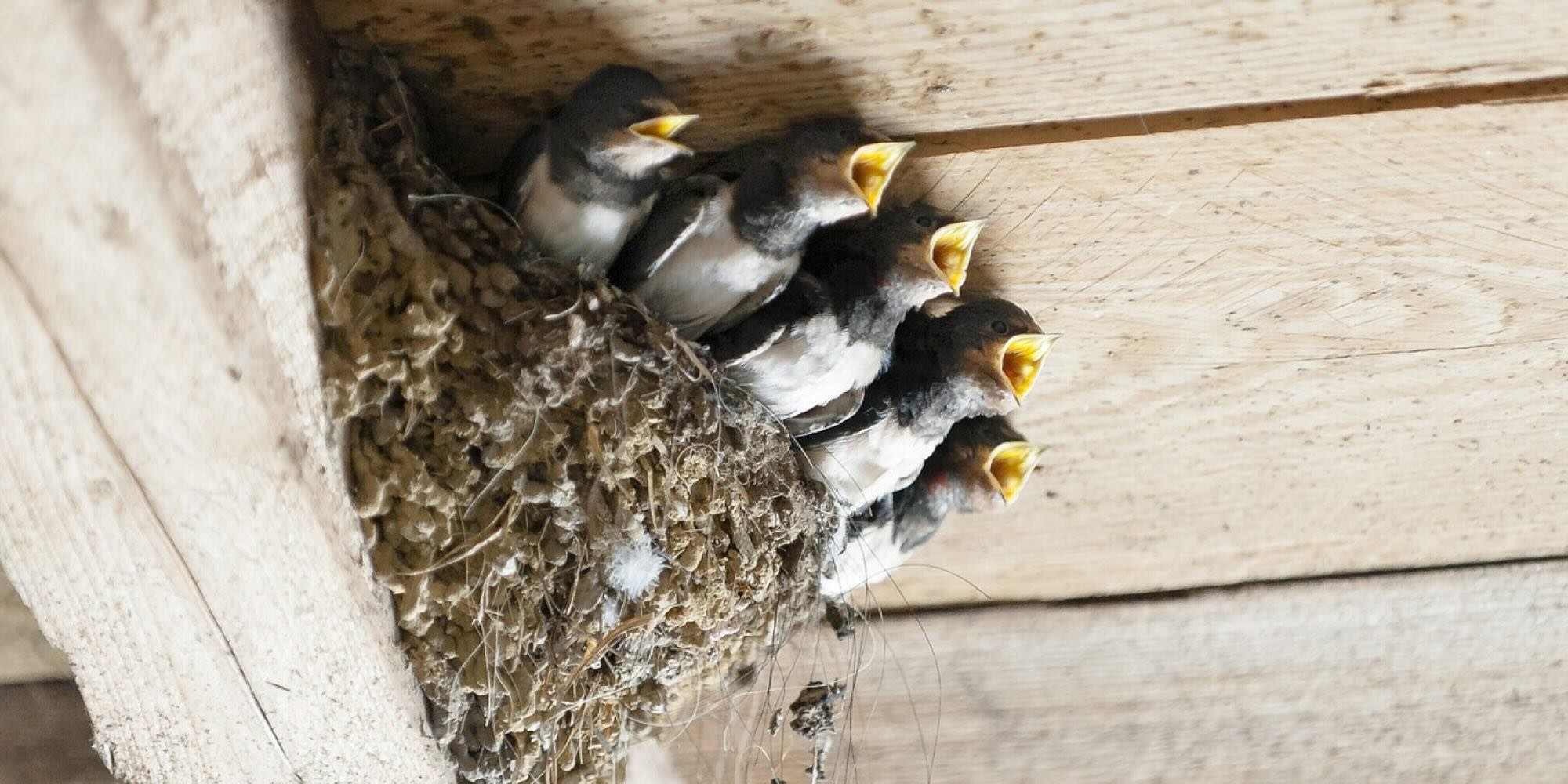
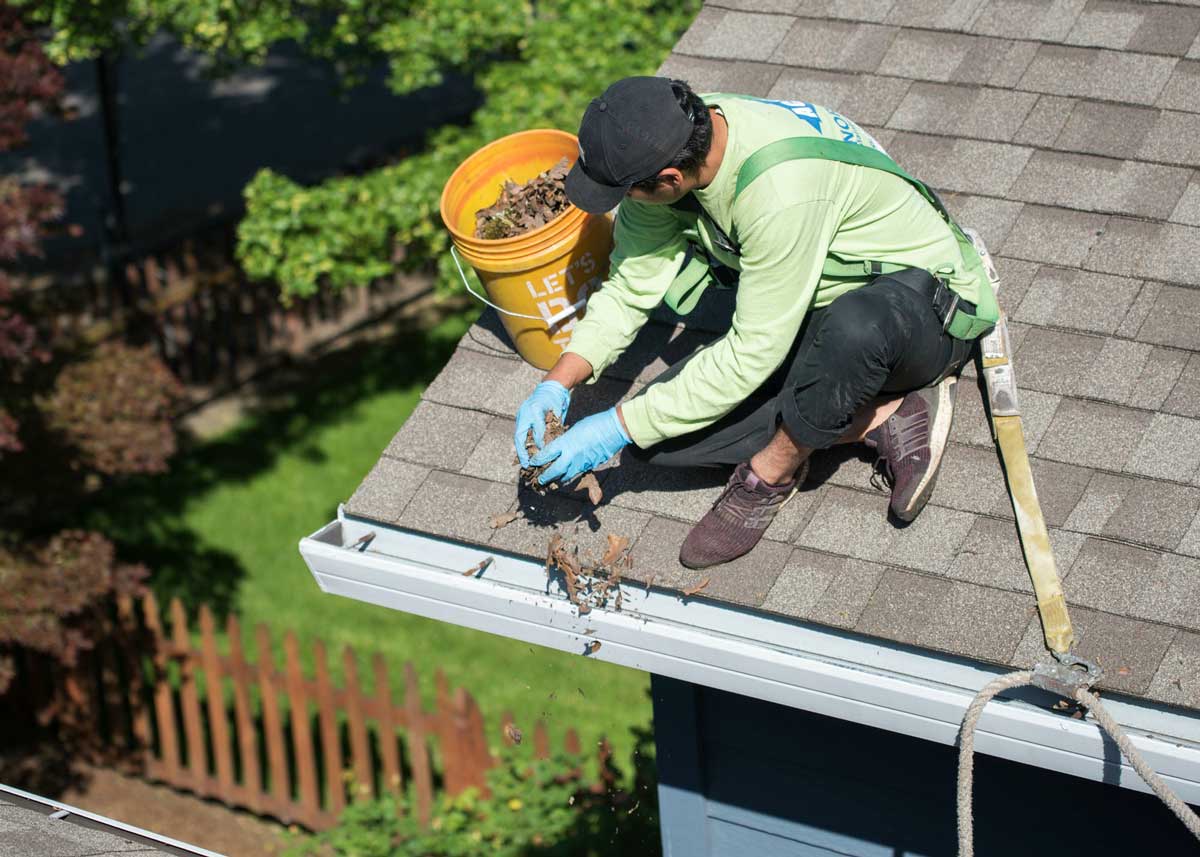
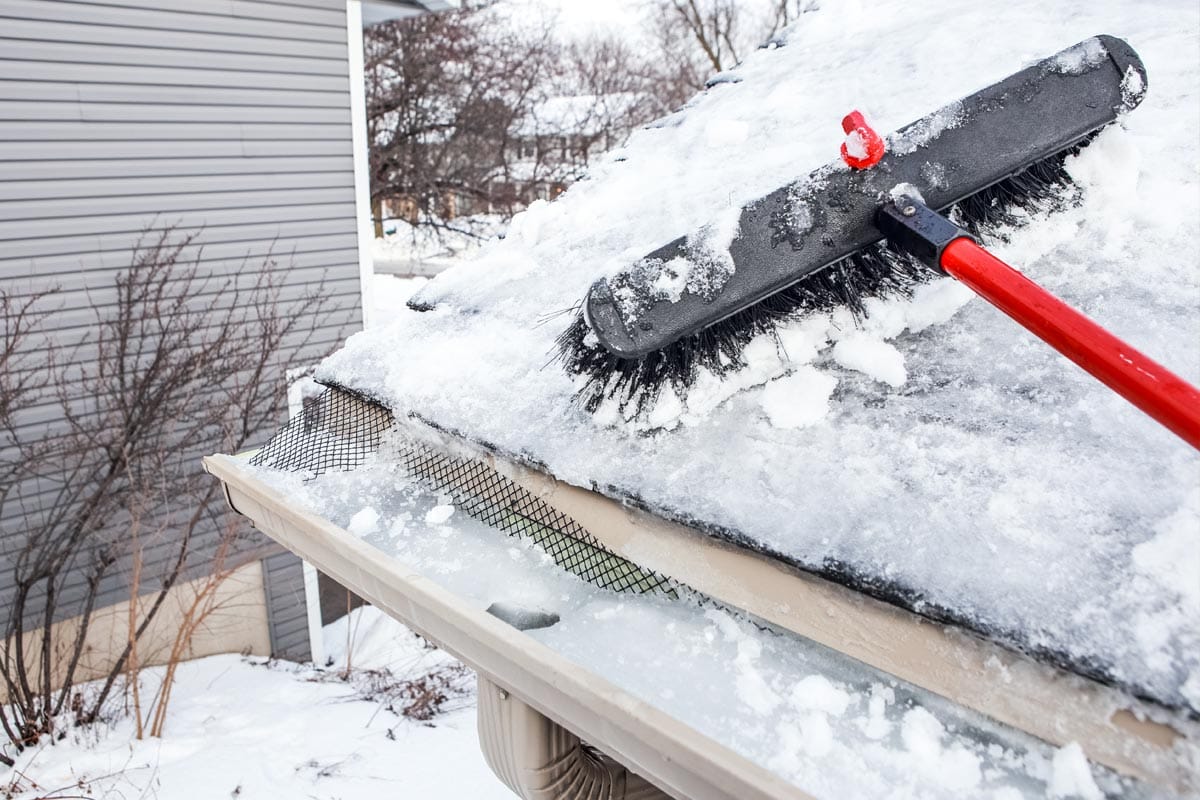

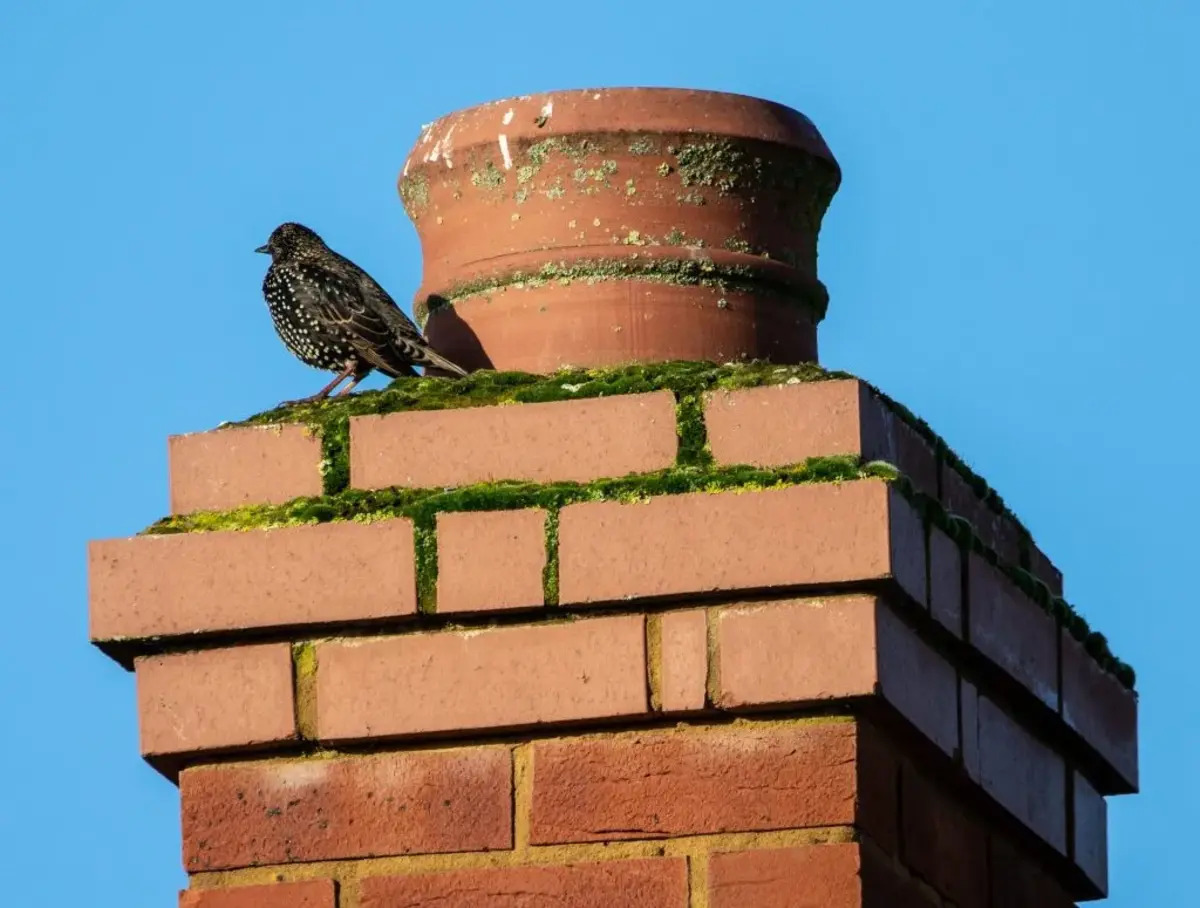
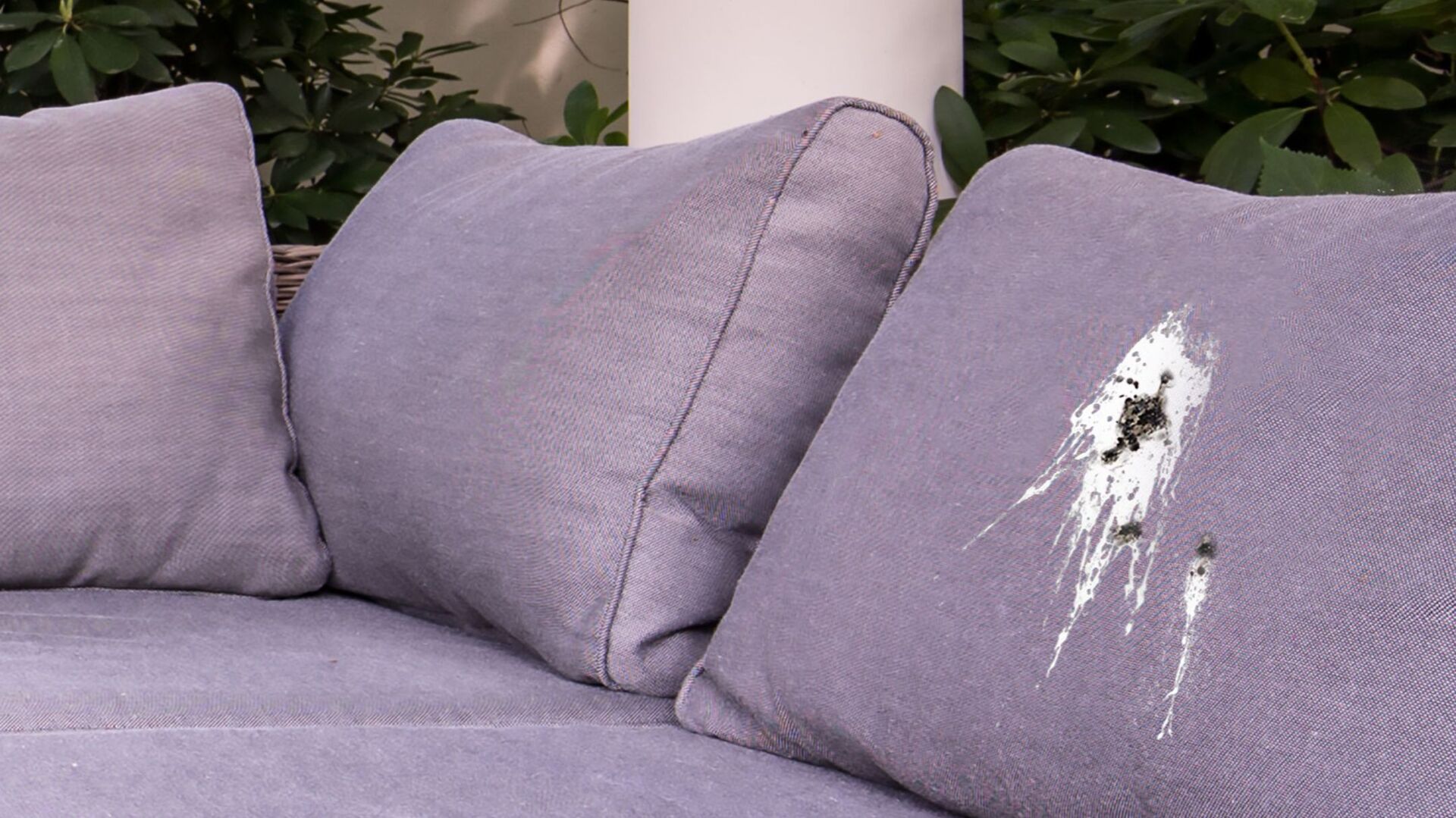
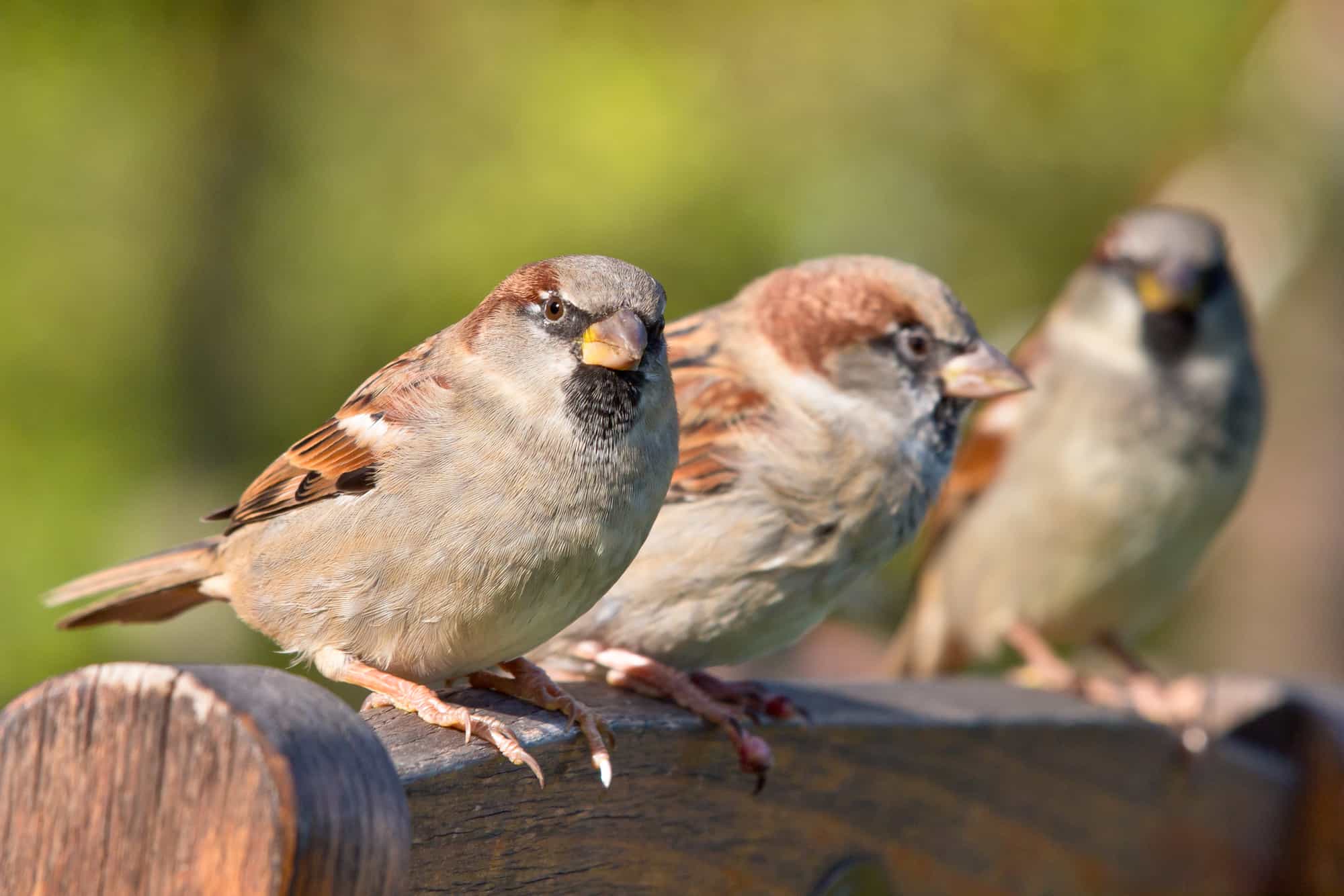
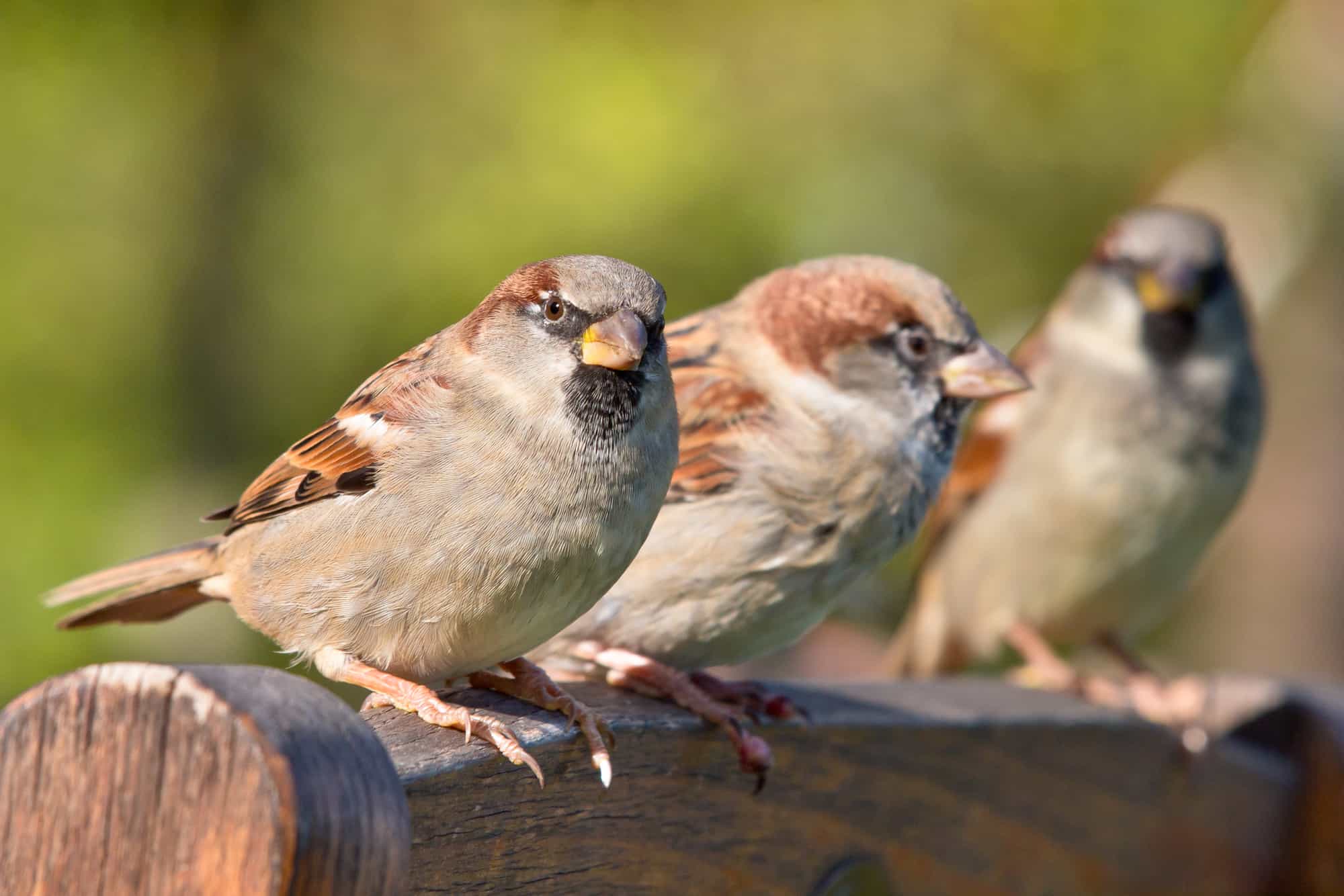
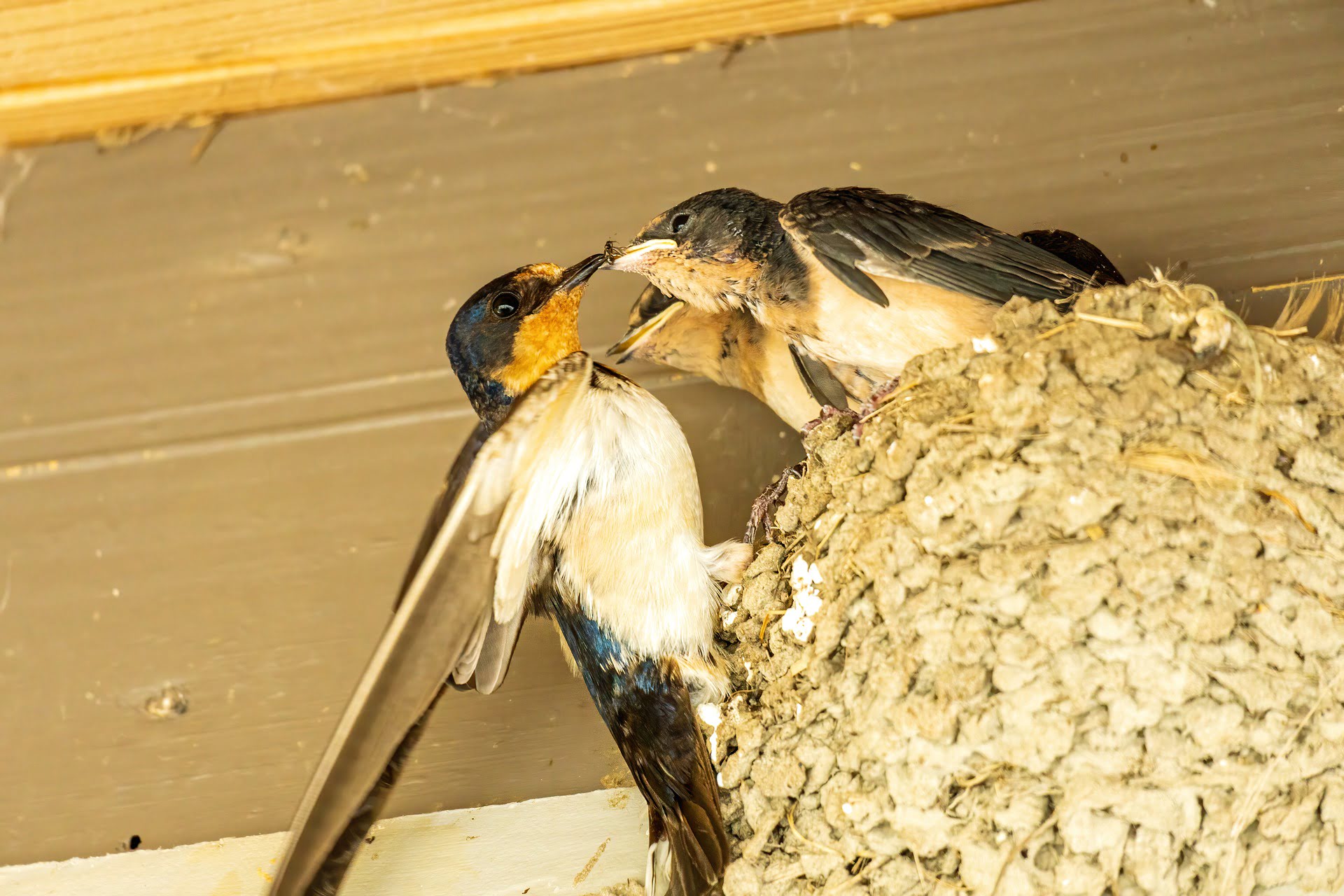
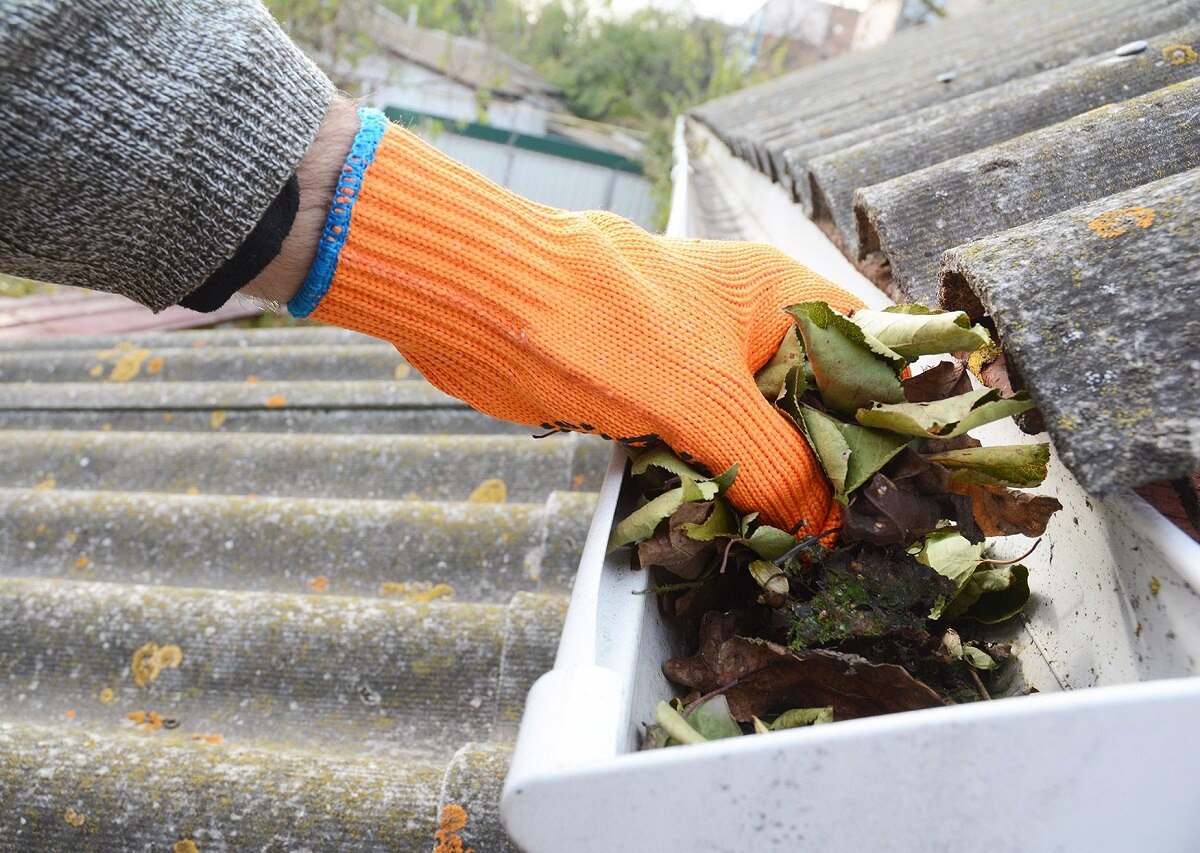
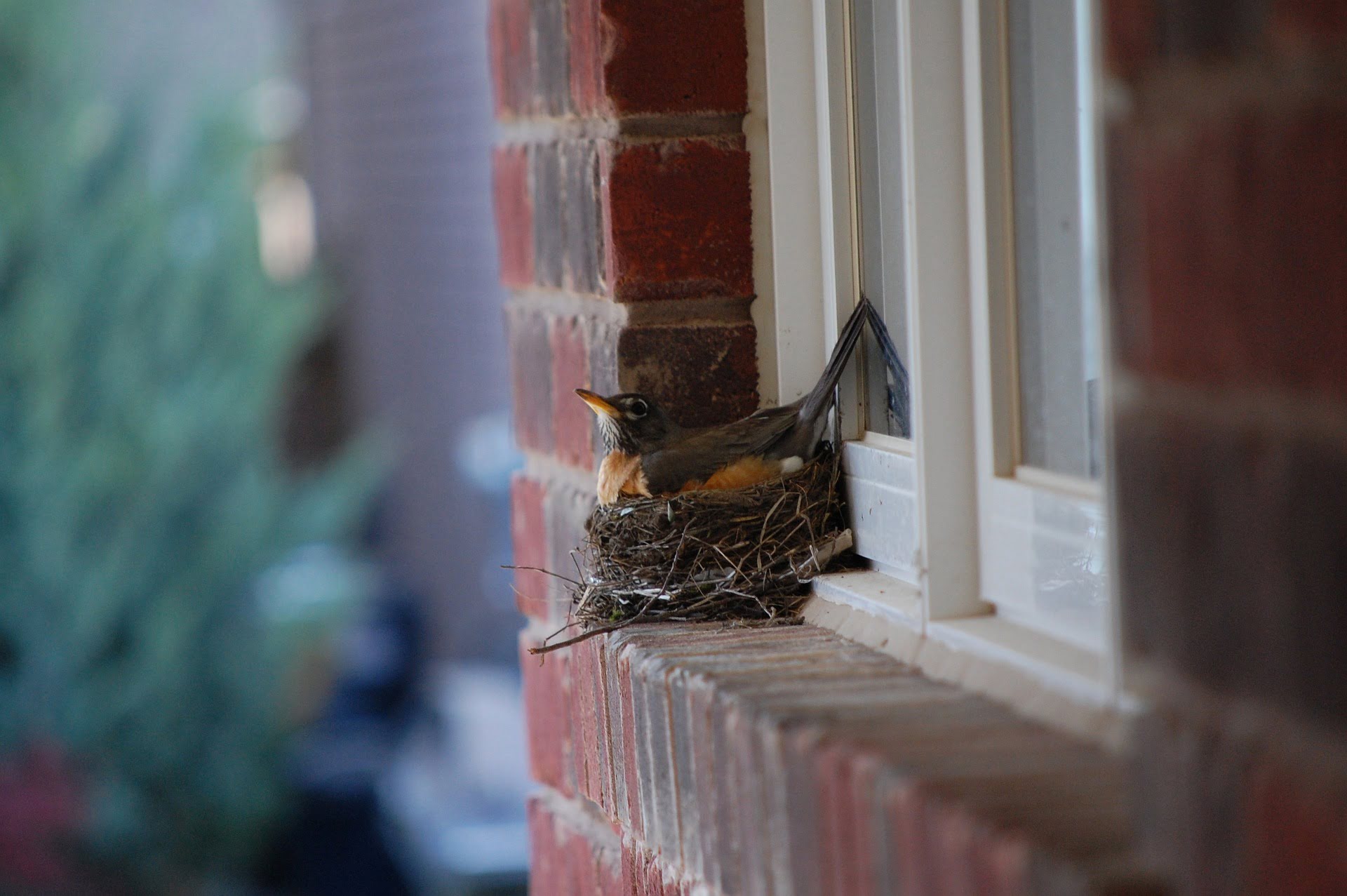
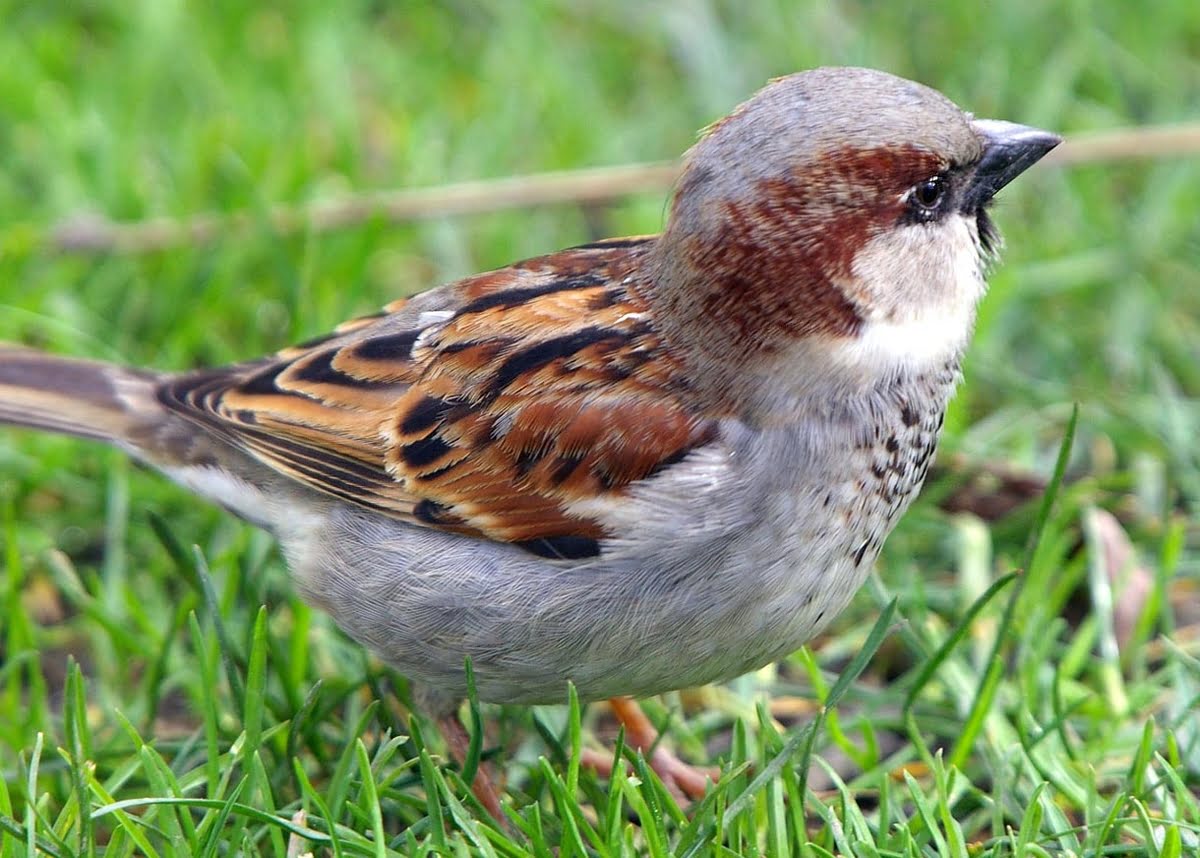
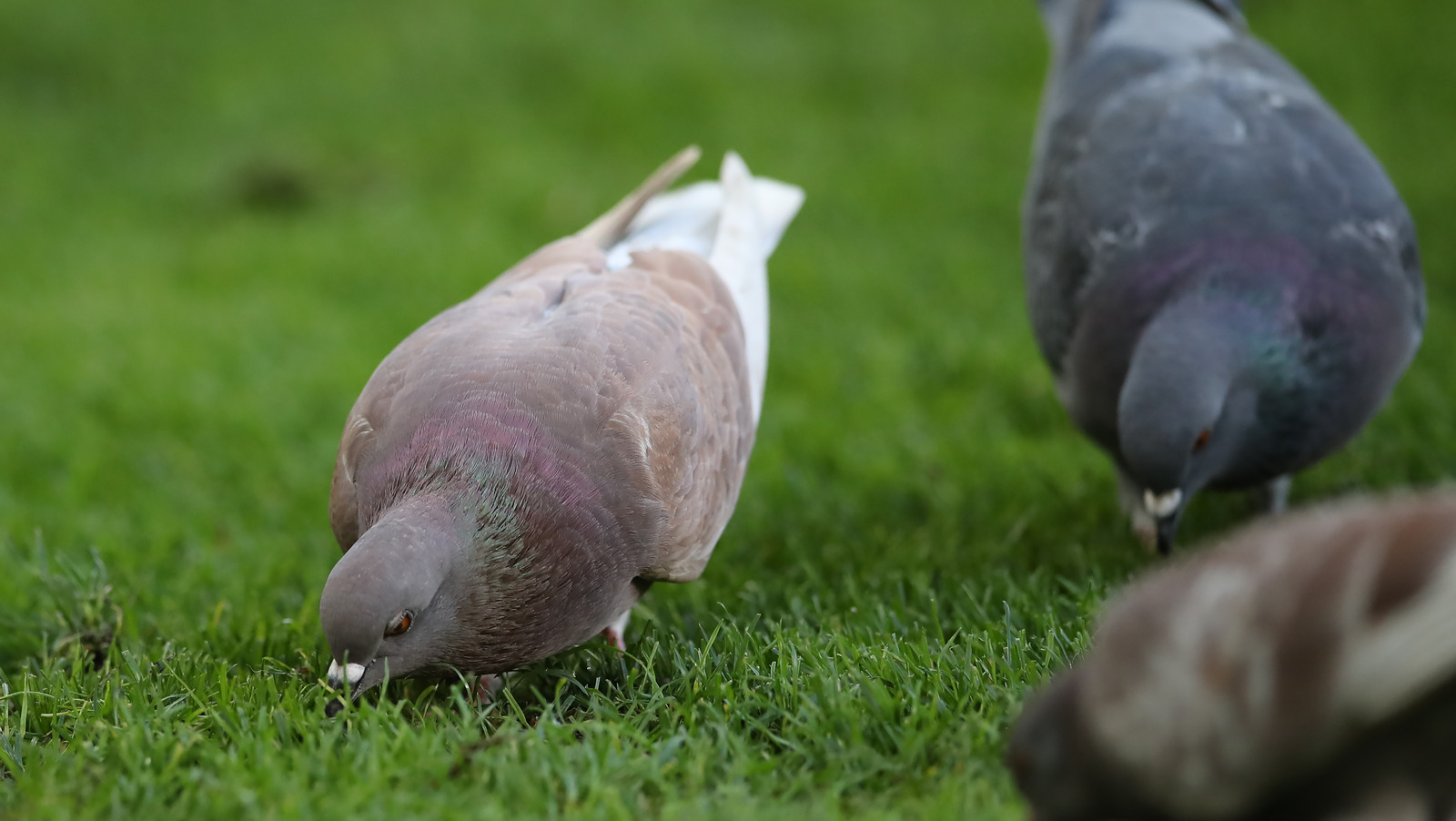

0 thoughts on “How To Keep Birds From Nesting In Gutters”